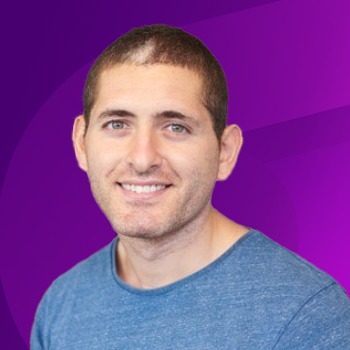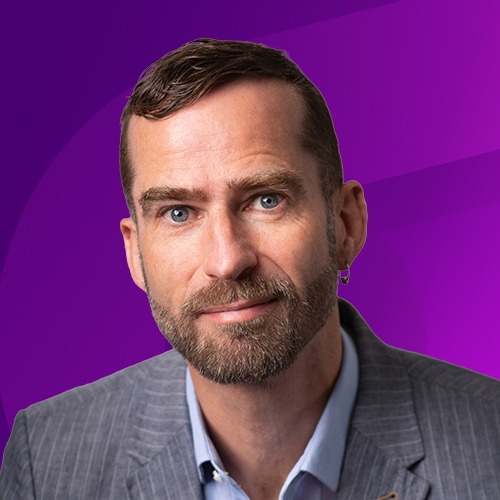In the swiftly changing landscape of business, the ability to adapt has turned into a way of life for companies. Recognizing this pivotal element of the new world of work, iluminr has initiated the Gamechangers in Resilience interview series—a platform dedicated to honoring influential leaders who have spearheaded flexibility and resilience within their organizations, clients, and communities.
Through this series, a diverse range of voices from across the world are brought to the forefront. It casts spotlights these extraordinary individuals who have not only enabled their teams, ecosystems, and communities to prosper despite difficulties but have also become beacons of such achievements. By honoring their success and learning, iluminr pays homage to the transformative influence of these leaders and their steadfast commitment to achieving success, even when confronted with challenges.
Erick Anez is the Director of Enterprise Risk Management & Resilience at Bridgestone Americas. Erick has over 15 years of experience in Risk & Resilience in the manufacturing, technology, maritime, financial services, and oil & gas industries. His educational background is in Homeland Security and Disaster Management as well as being a graduate of the National Emergency Management Executive Academy (NEMEA) – Cohort X.
Erick’s approach to resilience focuses on operational learning, culture, and reputational management. Some of his most notable achievements in the field include leading the private sector response to Hurricane Maria as well as working with the Department of Homeland Security in Continuity of Operations (CCOP) projects for mission-critical facilities in the United States. Erick has also trained with the Center for Disease Control (CDC) in Infectious Disease Planning and community response, including Point of Dispensing initiatives, and the Los Alamos National Laboratory on Safety Culture and Human & Operational Performance (HOP).
He currently serves as part of the Global Advisory Council for the Crisis Ready Institute, Board Member for the Disaster Recovery Journal (DRJ) Editorial Advisory Board, as well as Advisor for American Corporate Partners (ACP) in helping veterans transition into private sector roles.
Q: Erick, how did you end up in Resilience?
Erick: I fell into resilience, I originally studied to be an air traffic controller until a sports injury required me to go back home and switch universities. I ended up majoring in Business Administration and upon joining the management track at one of my prior employers, the Business Continuity and Disaster Recovery programs fell into my lap.
Q: You speak about great Risk Management being an exercise in continuous learning and improvement. Tell me more about how you’ve been able to bring that philosophy to life.
Erick: The biggest aha moment that I’ve experienced during my 15 years in this field was understanding that a resilient organization is a learning organization. As practitioners, once we are able to get the organization onboard with this concept, it becomes easier to leverage routine exercises (Business Impact Analysis, Business Continuity Plan Development, Simulations, etc.) to understand how work is done and the capacity that the organization has to “fail safe.”. These are opportunities to focus on the process rather than the person and work with your internal stakeholders to improve/increase such capacity.
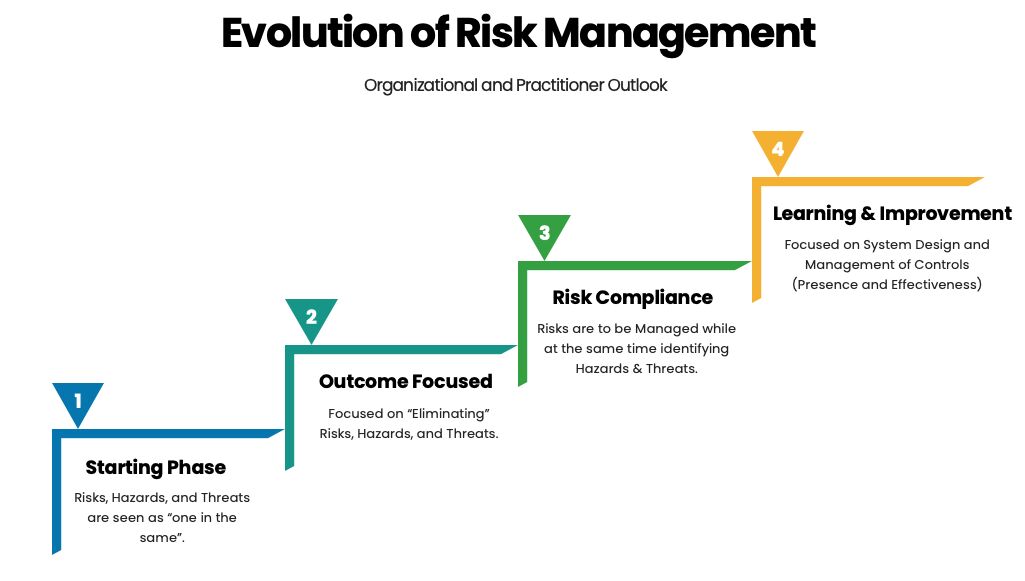
A learning organization is one that learns from itself, one that understands its systems, how such systems influence behaviors and outcomes, and most importantly of all, how to improve such systems to drive successful interactions with risks and increased productivity levels.
Q: How can organizations better leverage risk and resilience management to create greater value for customers?
Erick: I believe this can be done in multiple ways, obviously telling your story and how the organization manages risk and continues to improve is key. Another aspect is the requirements that the organizations sets for its third and fourth parties; these show your stakeholders that the standards you have set for yourself apply to all that are involved in your end result for products and services.
Q: How do you stay ahead of emerging threats and anticipate changes in your business operations?
Erick: We do this by understanding the current risk environment within our geographic footprint and industry. We conduct assessments where we gain insights from our top leaders and subject matter experts on the emerging risks that they are seeing within their functional areas along with leveraging industry insights and risk publications by major players in this space.
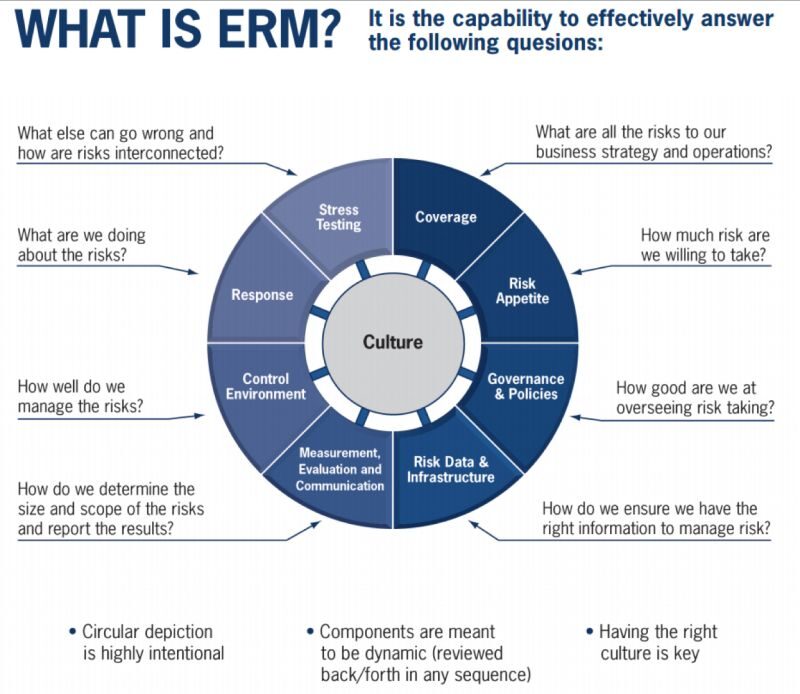
Enterprise Risk Management is a must have, not a nice to have. It is never too late to establish a program and move your organization towards building capacity and operating under an integrated risk philosophy.
Q: What advice would you give to others helping their organizations better adapt to the relentless stream of change and disruption we experience today?
Erick: The most valuable piece of advice I can provide is that the organization needs to understand how work is performed. If you know how work is actually conducted throughout your organization, you can easily adapt to disruptions and cut down on the discovery time post incidents.
Q: As a global risk leader, how are you able to effectively navigate different regulatory environments and cultural differences?
Erick: Partnerships with your regulatory and legal change management teams are key. Having this will provide you ample time to be able to review and digest differences within regulatory environments and any upcoming changes. Cultural differences are managed by getting to know people, building relationships and finding common ground in collaboration.
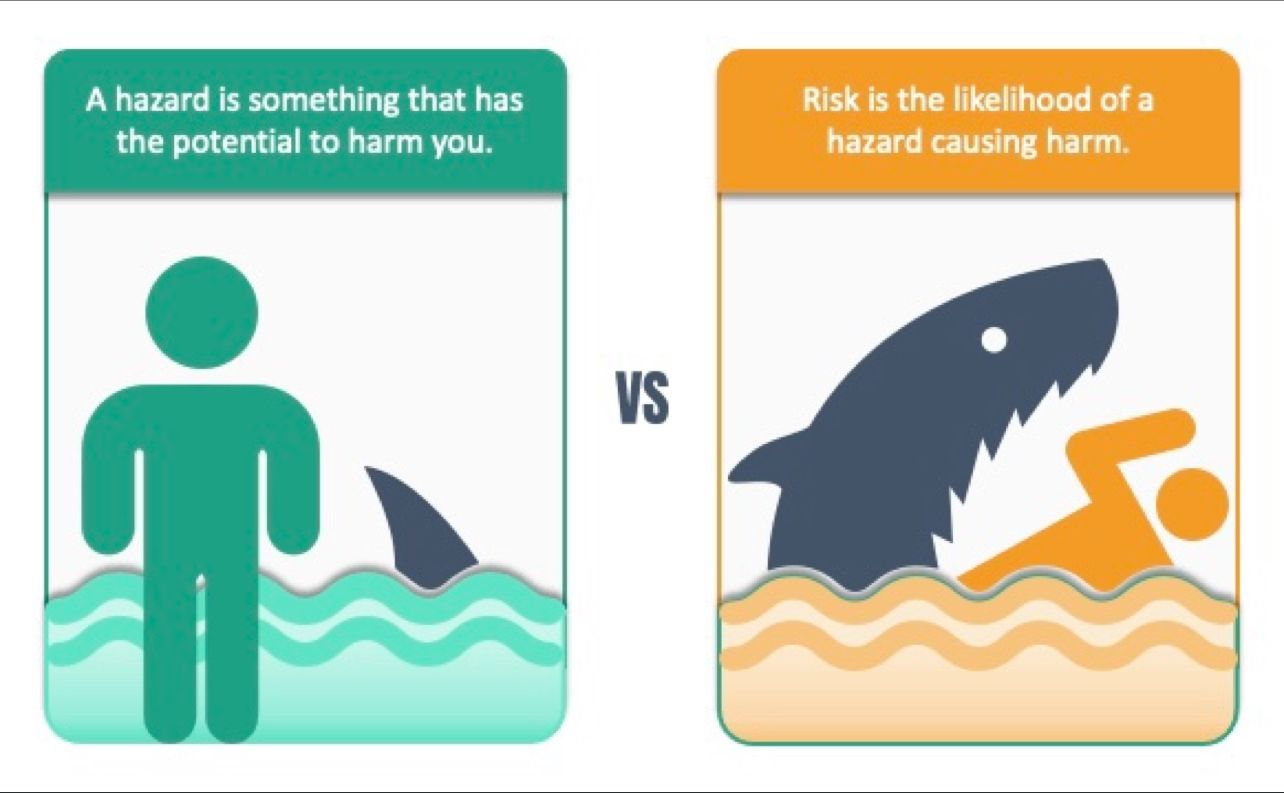
As risk practitioners it is imperative that we not only understand the difference between Hazards and Risks, but also be able to make them relatable to our organization.
Q: ESG. Climate change in particular has specific implications for manufacturers and distributors. What’s your approach to sustainability in the context of Risk and Resilience?
Erick: The approach is embed ERM and Resilience within the context of ESG. This is where collaboration and learning are key to ensure that we can leverage activities done by the different teams managing all aspects of ESG and that they can also leverage some of the work we’ve done around environmental risk assessments, emerging risks, and regulatory impacts.
Q. What is the leadership playbook you are writing for yourself in real-time?
Erick: The biggest thing for me is to continue to learn and grow and asking better questions as I interact with stakeholders. I’ve had the opportunity to lead large, medium, and small teams during my tenure with different organizations and my approach always focuses on making sure teammates are supported, are developed, and are provided opportunities to showcase their skills. As leaders, we must be hyper aware of the work environments we create and how we impact the overall culture of the organization.
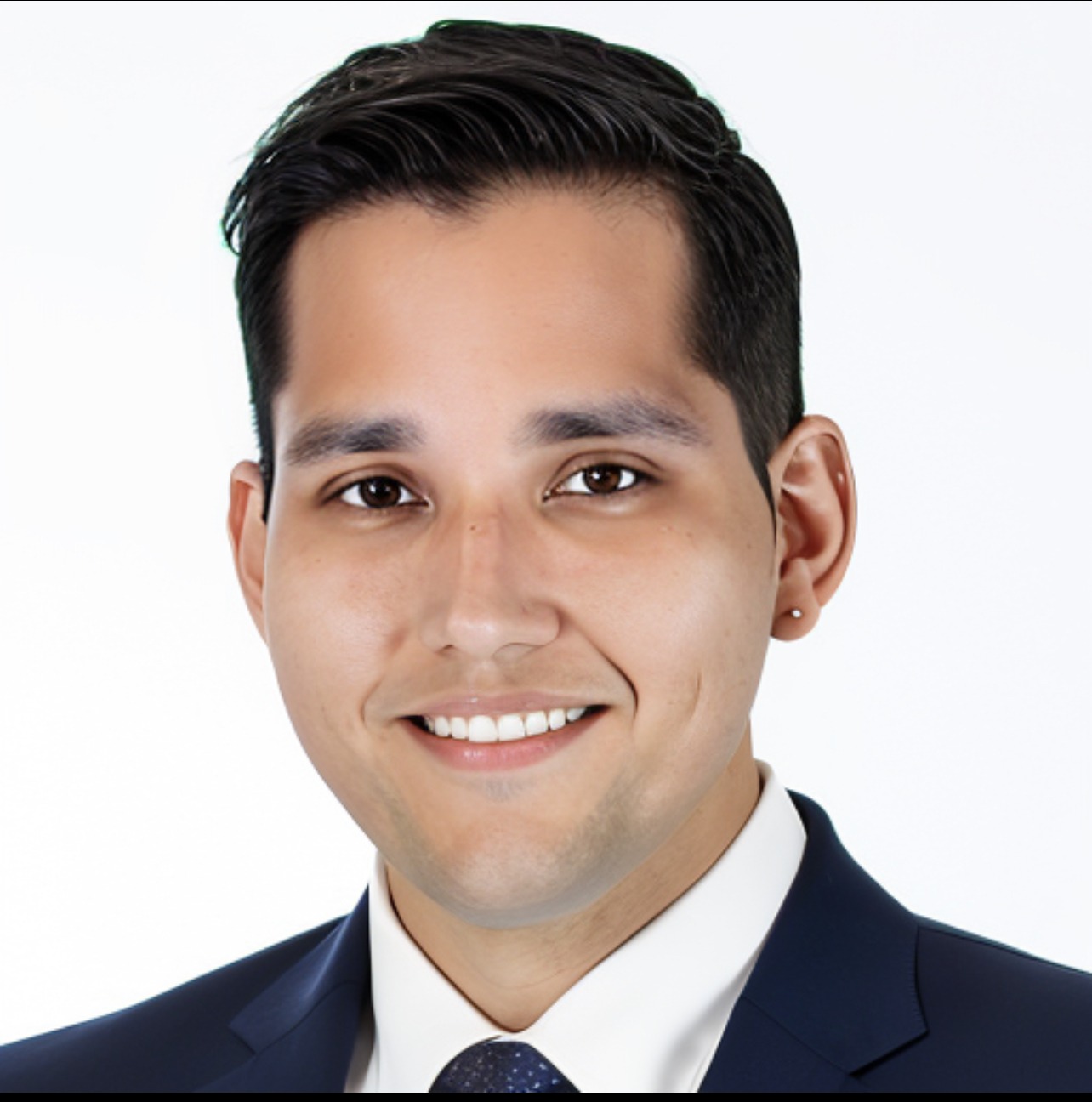
Q: What is the hardest part about leadership in crisis?
Erick: The hardest part is understanding that you do not have all the answers and that you cannot navigate through a crisis by yourself. The other key aspect is being vulnerable; the teams you lead during crisis will appreciate leaders being honest, transparent, and showing that they are human, too.
Q: How do you apply the lessons of Resilience in your everyday life?
Erick: I think those of us in this field are wired similarly. It’s funny when resilience folks go out to lunch together and we all try to get the seats facing the doors, and you can see eyes spinning doing “perimeter checks”. The other aspect is having contingency plans/strategies for home emergencies and other situations.



